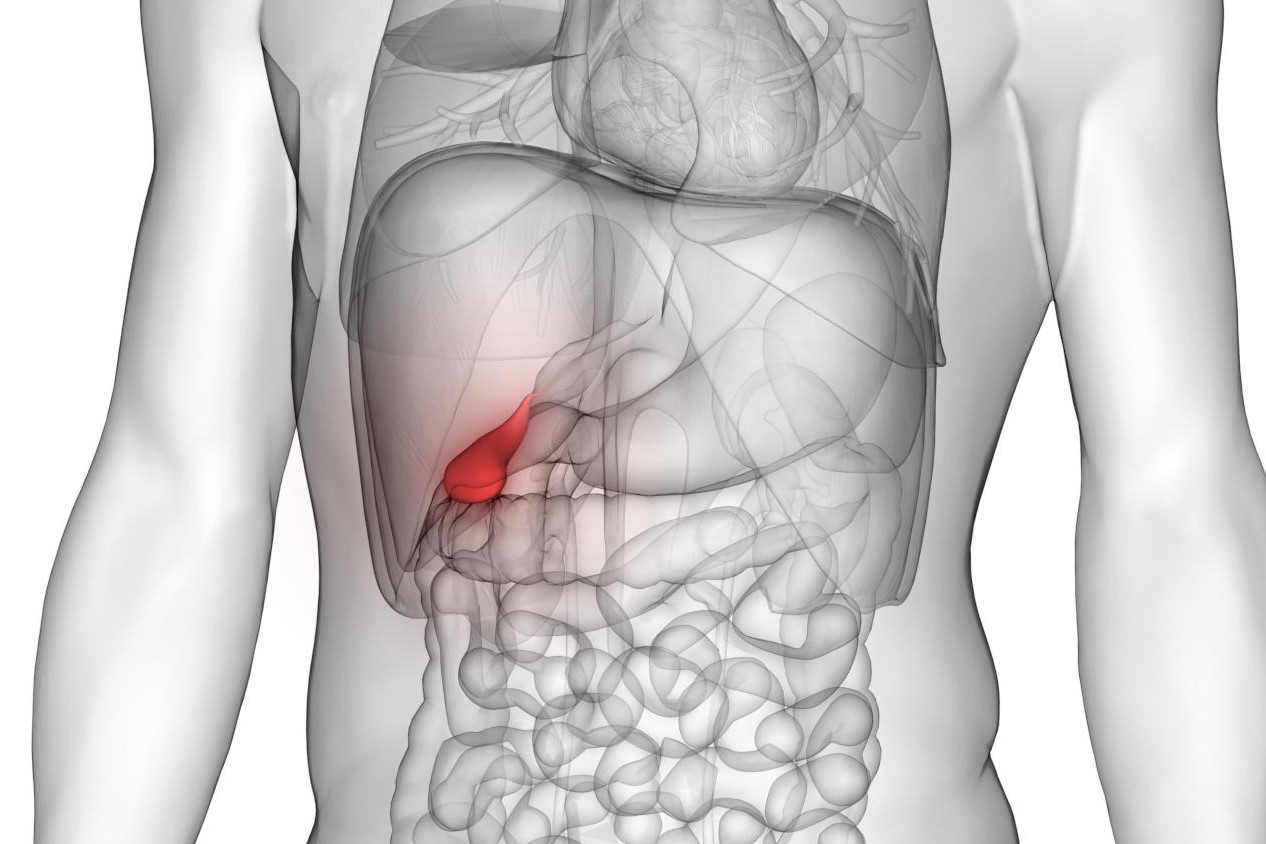
Sclerosing cholangitis: symptoms, diagnosis and treatment
Sclerosing cholangitis affects men more frequently and is a disease of unknown cause in which the bile ducts (the canaliculi that carry bile out of the liver) become inflamed and thus reduced in calibre
This reduction causes a build-up of bile in the liver, damaging the liver cells.
As we said, the cause of sclerosing cholangitis is unknown, however, it seems that genetic and immunological factors play an important role in the genesis of this disease.
The disease can occur in association with other diseases, such as inflammation of the intestine (especially ulcerative colitis).
Diagnosis of sclerosing cholangitis
Often the disease presents without symptoms and is only noticed by altered laboratory tests, especially of alkaline phosphatase.
It usually manifests itself between the ages of 30 and 50 and is associated with fatigue, itching and jaundice.
It may be characterised by febrile episodes with intense chills, due to infection of the bile ducts.
The diagnosis of sclerosing cholangitis is made through cholangiography, an X-ray examination involving an injection of a contrast agent into the bile ducts.
The examination is performed using an endoscopic technique called ERCP (endoscopic retrograde cholangiopancreatography).
This examination, although it carries some risks, is nevertheless the main examination for making the diagnosis.
The course of the disease is not predictable, but usually progresses slowly.
The patient may be affected by the disease for years before showing symptoms, which may remain stable, be intermittent or progress gradually.
Liver failure may occur after 7-15 years.
Approximately 10% of patients suffering from this disease may develop bile duct cancer, called cholangiocarcinoma.
Therapy for sclerosing cholangitis
There is no specific therapy for sclerosing cholangitis.
The symptoms of sclerosing cholangitis are combated with drugs to control itching, antibiotics against infections and fat-soluble vitamins (A, D, E and K) to supplement those that are not absorbed due to absorption deficit.
In some cases, endoscopic, radiological or surgical techniques can be used to remove blockages in the bile ducts and improve bile flow.
In cases where liver failure is determined, there is an indication for transplantation.
The survival rate after transplantation is very high, i.e. about 80%.
Read Also:
Emergency Live Even More…Live: Download The New Free App Of Your Newspaper For IOS And Android
The Dangers Of Raw Or Undercooked Fish: Opisthoriasis
First Time Ever: Successful Operation With A Single-Use Endoscope On Immunodepressed Child
Crohn’s Disease: What It Is And How To Treat It
Wales’ Bowel Surgery Death Rate ‘Higher Than Expected’
Irritable Bowel Syndrome (IBS): A Benign Condition To Keep Under Control
Colitis And Irritable Bowel Syndrome: What Is The Difference And How To Distinguish Between Them?
Irritable Bowel Syndrome: The Symptoms It Can Manifest Itself With
Crohn’s Disease Or Irritable Bowel Syndrome?
USA: FDA Approves Skyrizi To Treat Crohn’s Disease
Crohn’s Disease: What It Is, Triggers, Symptoms, Treatment And Diet


